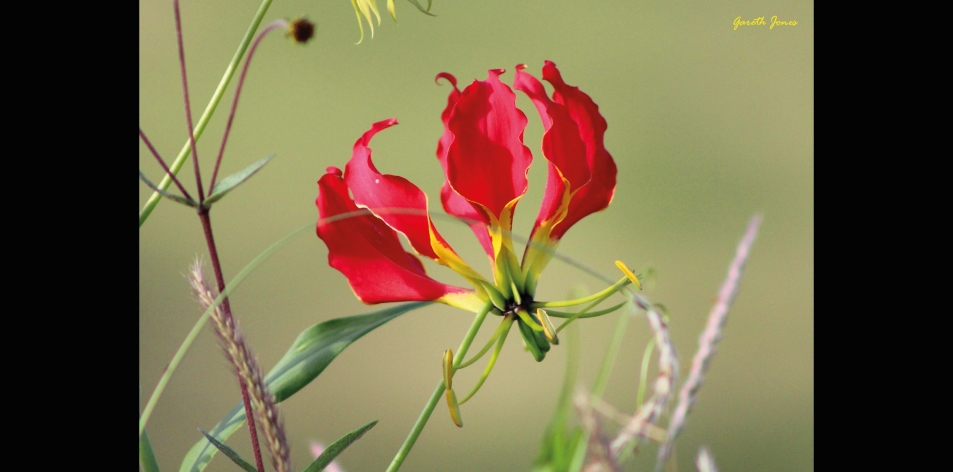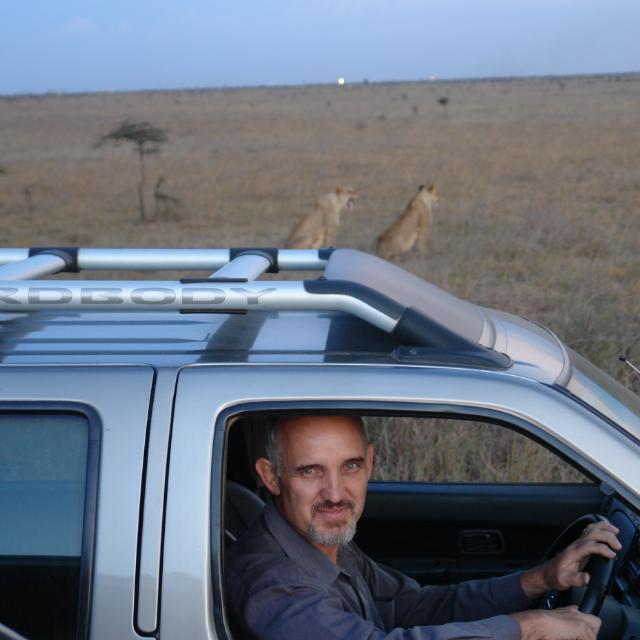
The Green Lungs- Article by Gareth Jones
OUR FORESTS ARE GREEN LUNGS!! – By GARETH JONES
After good rains, new life often emerges in many ways. Flowers blossom with bright splashes of colour, standing out magnificently against the green surroundings and the dry drab grasses erupt with new green growth. How beautiful forested areas are, with many flowers, many bird species, and magnificent trees in a living serene green scene. Without trees the natural wonder we call the Nairobi National Park with many species, would not be here. Come to think of it, without the trees, none of this natural wonder would be here.
Forests are major carbon sinks and are actually sort of “green lungs” because they clean the air, remove dust particles, and produce oxygen. Scientific research agrees that forests are ecosystems binding large amounts of carbon, thus retarding carbon dioxide (CO 2) accumulation in the atmosphere and the potential for climate change. Carbon dioxide (CO2) is an odourless, colourless gas. It is a waste product made by your body. Your blood carries carbon dioxide to your lungs. You breathe out carbon dioxide and breathe in oxygen all day, every day, without thinking about it.
Carbon sinks in forested areas are dynamic, their capacity can grow or shrink regionally. So far, it has been assumed that this is driven mainly by increased photosynthesis due to an increase in the carbon dioxide concentration in the atmosphere. Dense tropical forests near the equator, for instance, take up large amounts of CO2. Photosynthesis is the process by which green plants and certain other organisms transform light energy into chemical energy. During photosynthesis in green plants, light energy is captured and used to convert water, carbon dioxide, and minerals into oxygen and energy-rich organic compounds. The Nairobi National Park is a very important carbon sink for the city of Nairobi and is essentially the “lungs of Nairobi”. It is therefore critically important that the natural habitat within the park is not destroyed.
It was the late Anoop Shah who had a vision and encouraged others to start the Nairobi Greenline Project to ensure that the boundaries of the Nairobi Park are protected with 250,000 trees from Nairobi to Athi River. The trees are now all planted, in the form of 11 different indigenous species, and the process of “parenting the forest” is now ongoing with the support of KWS and the MPESA foundation. After nearly 10 years of “parenting the forest,” some trees are doing quite well, and it is wonderful to see that the various species at the East gate have now been clearly marked with the names of the various species. However, it is also the sad current reality that large sections of the 50m wide 30km long Nairobi Greenline belt have already been destroyed by developments like the Southern Bypass, and with the current plans for the Embakazi Container depot access road past the east gate and linking onto the Southern bypass just past the Ole Sereni hotel. This project will again destroy many of the greenline trees. Trees still hold many secret treasures, and it is believed that the cures for many diseases will be found in the leaves of trees in the future. So now that all the “young trees” are in the ground, the next responsibility starts, to ‘parent the forest trees to maturity”. Just like in a family we nurture our children to grow up strong, so this forest will need plenty of loving care from people over the next few years. Especially activities such as watering in the dry season and weeding
when needed. It is hoped that many more trees will be planted to replace those that were destroyed. I ask you all to remember Anoop Shah and support the Nairobi Greenline Project by participating in planting trees or by merely visiting the Nairobi national park.
A few years ago, after some rains, as I drove slowly along through a forested section of the Nairobi Park, many flowers could be seen. Suddenly a spectacular flower appeared between two shrubs. The crimson curved red petals with golden splashes stood out magnificently against the green surroundings, it was indeed a gloriosa superba. How beautiful the forest is just after the rains, with the flowers and many birds. It should be noted that there are also many species of flowering plants also found over the grasslands and along the watercourses, it is really worth it to slow down and enjoy the flowers. In some places, if you just switch off your vehicle, and sit quietly, you will hopefully become aware of the beautiful fragrances of the bush, while at the same time listening to our feathered friends as the birds sing a wonderful orchestra of melodies. This simple activity can be very therapeutic for those who practice it, and always allows us the opportunity to draw near to God.
To be able to enjoy the creation of God amongst “the green scene” always results in finding peace and rest, in a way our lives are like flowers in a forest, we bud, we blossom and we fade, let us live to the fullest while we can. Next time you visit the Nairobi National Park also remember that the park is a major part of the “green lung “ for greater Nairobi district. So let us all “GO GREEN” wherever and whenever we can!
The park is open daily from 06h00 to 19h00.
Gallery
 Gareth Jones – Nairobi Park Dairy – A passionate writer & photographer
Gareth Jones – Nairobi Park Dairy – A passionate writer & photographer
